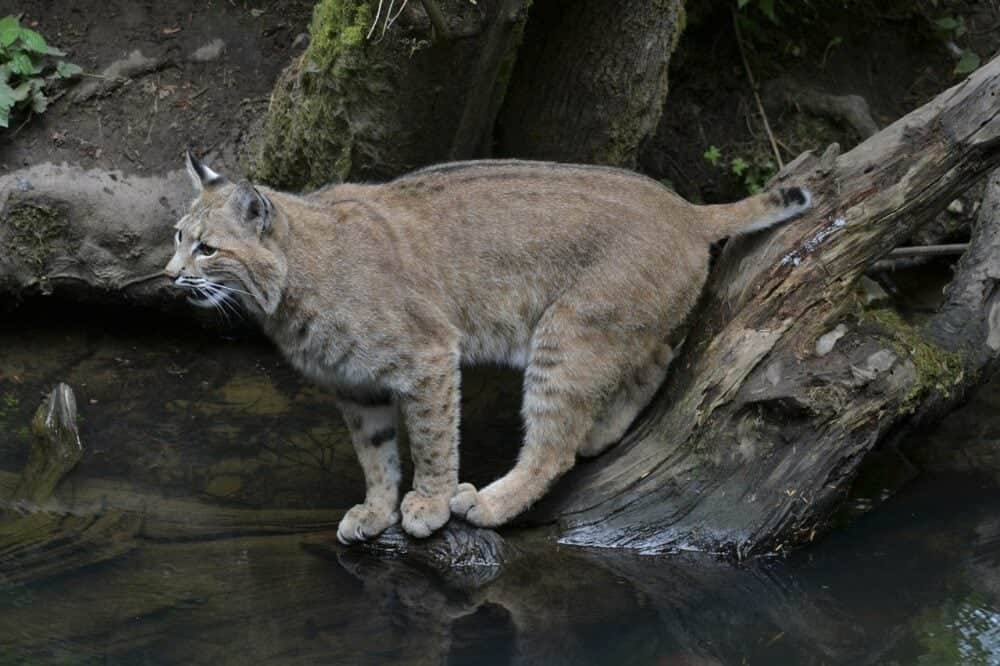In Nevada, you can find two big cats in the wild: the bobcat and the mountain lion. These animals may seem scary, but like all creatures, they are an important part of the ecosystem. If you’re lucky, you may even see one in the wild! In this article, we will discuss both types of wild cats that can be found in Nevada. We’ll give you a brief description of each animal and tell you where you are most likely to find them. We hope this information will help you learn more about these amazing creatures!

The 2 Types of Wild Cats in Nevada
1. Bobcat
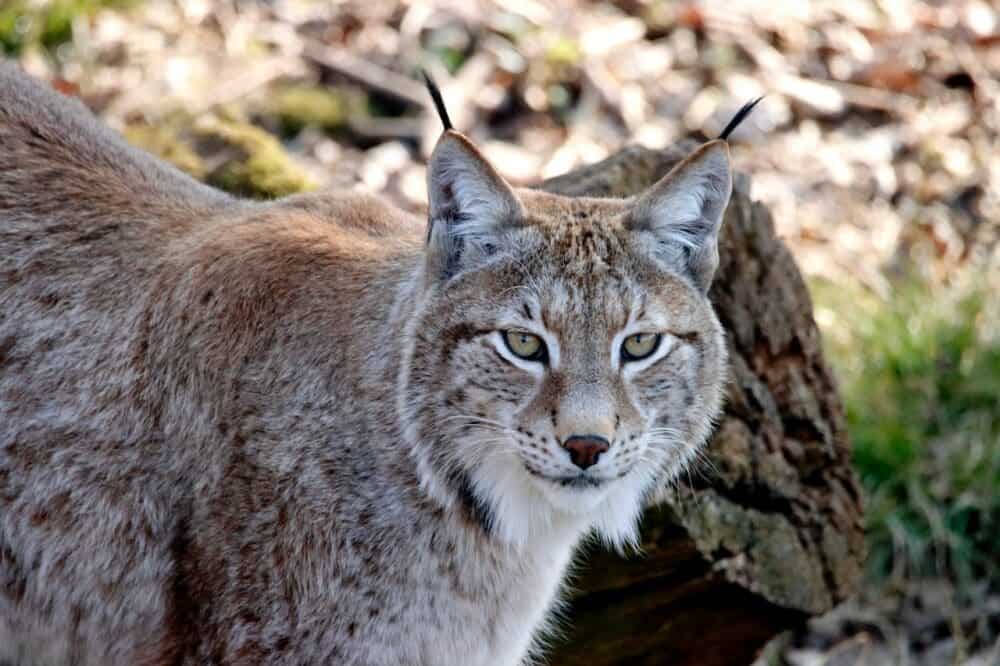
- Species: Lynx rufus
- Range: Contiguous USA, Southern Canada, Mexico
- Conservation Status: Least Concern
The bobcat is a small to medium-sized cat that can be found throughout Nevada. They are most active at night and are excellent hunters. Bobcats typically live in wooded areas but can also be found in desert habitats. Bobcats are small cats with short tails. They have brown fur with black spots and stripes. Their heads are shaped differently than other cats, with large ears and tufted cheeks.
History of the Bobcat in Nevada
The bobcat is a native species to Nevada and can be found throughout the state. Bobcats were first listed as a protected species in 1967. In 1971, they were upgraded to a game animal status. This meant that they could be legally hunted in Nevada. However, due to declining populations, the bobcat was once again listed as a protected species in 1977.
The Bobcat’s Role in the Nevada Ecosystem
The bobcat is an important part of the Nevada ecosystem. They help to control populations of small mammals, such as rabbits and rodents. This helps to keep these populations in check and prevents them from becoming too large. Bobcats are also prey for larger predators, such as mountain lions.
Where You Might See One
Bobcats are most active at night, so you’re unlikely to see one during the day. However, if you’re lucky enough to spot one, you’ll likely find them in wooded areas or near water sources. They live all over the state but are most commonly found in the Sierra Nevada mountains.
2. Mountain Lion
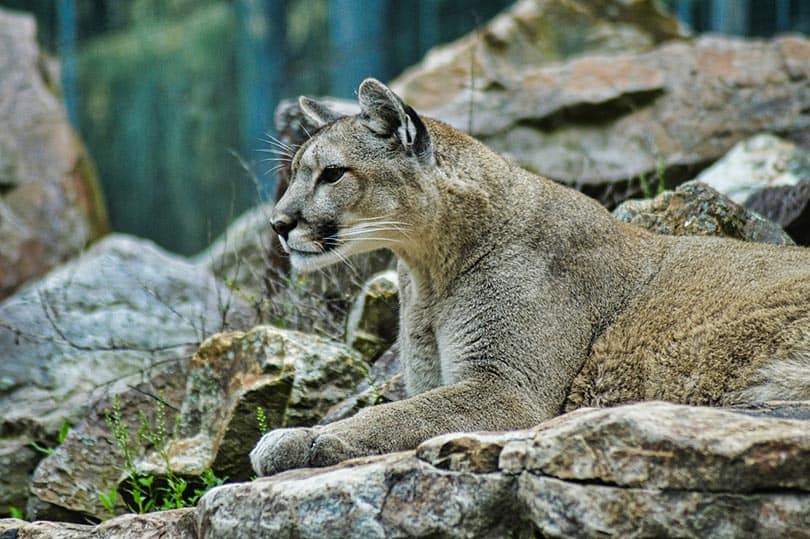
- Species: Puma concolor
- Range: Western North America, most of South America
- Conservation Status: Least Concern
The mountain lion is the largest cat in North America and can be found throughout Nevada. They are most active at dawn and dusk but can also be active at night. Mountain lions typically live in mountainous or forested areas but can also be found in desert habitats. Mountain lions are large cats with long tails. They have tan fur with black spots and stripes. Unlike bobcats, their heads are shaped similarly to other cats. They also have large ears, but their cheeks are not tufted.
History of the Mountain Lion in Nevada
The mountain lion is a native species to Nevada and can be found throughout the state. Mountain lions were first listed as a protected species in 1971. In 1975, they were upgraded to a game animal status. This meant that they could be legally hunted in Nevada. However, due to declining populations, the mountain lion was once again listed as a protected species in 1990.
Since then, the mountain lion has been listed as a protected species in Nevada.
The Mountain Lion’s Role in the Nevada Ecosystem
The mountain lion is an important part of the Nevada ecosystem. They help to control populations of deer and elk. This helps to keep these populations in check and prevents them from becoming too large. Mountain lions are also prey for larger predators, such as bears.

What to Do If You See a Bobcat or Mountain Lion
If you see a bobcat or mountain lion in the wild, it’s important to give them space. Do not approach the animal or try to pet it. Bobcats and mountain lions are wild animals and can be dangerous if they feel threatened. If you’re concerned about a bobcat or mountain lion in your area, you can contact the Nevada Department of Wildlife for assistance.
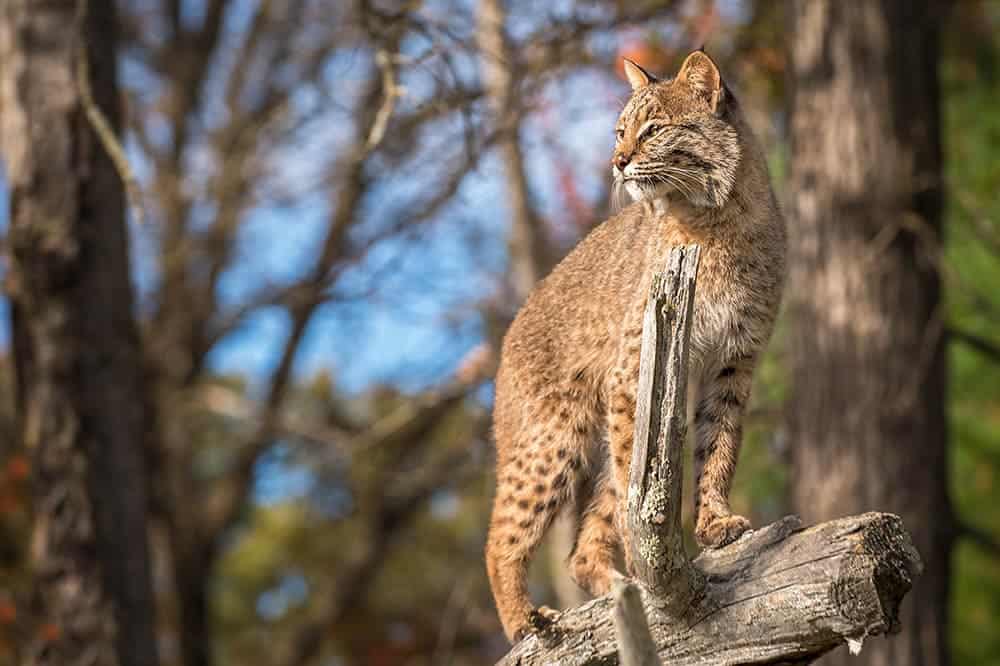
FAQ
What is the difference between a mountain lion and a bobcat?
Mountain lions are much larger than bobcats. They can weigh up to 200 pounds, while bobcats only weigh around 30 pounds. Mountain lions also have longer tails and differently shaped heads.
Where do mountain lions and bobcats make their homes?
Mountain lions typically live in mountainous or forested areas, while bobcats typically live in wooded areas. However, both animals can be found in desert habitats.
Do mountain lions and bobcats eat the same things?
No, mountain lions and bobcats have different diets. Mountain lions mainly eat deer and elk, while bobcats mainly eat rabbits and rodents.
Do I need a license to hunt mountain lions or bobcats in Nevada?
Yes, you need a license to hunt either animal in Nevada. You can apply for a hunting license through the Nevada Department of Wildlife.
What are some other names for the mountain lion?
The mountain lion is also known as the puma, cougar, or catamount.
What are some other names for the bobcat?
The bobcat is also known as the lynx or wildcat.
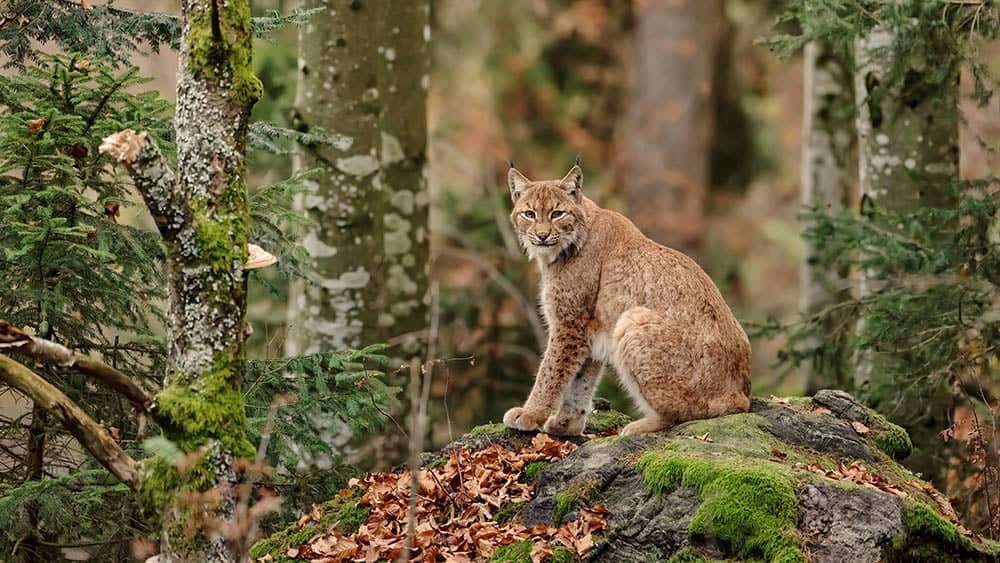
How can I help wild cats in Nevada?
You can help wild cats in Nevada by donating to organizations that help with habitat conservation, such as the Nevada Department of Wildlife or the Sierra Club. You can also help by not hunting or trapping these animals.
Do bobcats or mountain lions attack people?
Bobcats and mountain lions generally do not attack people. However, they may attack if they feel threatened or are protecting their cubs. If you see a bobcat or mountain lion, it’s important to give them space and not approach them. If you’re concerned about an animal in your area, you can contact the Nevada Department of Wildlife for assistance.
What are bobcat and mountain lion senses like?
Bobcats and mountain lions have keen senses of smell, hearing, and vision. They use these senses to help them find food and avoid predators.
Are bobcats or mountain lions endangered?
Bobcats are not endangered, but mountain lions are. Mountain lions are listed as a threatened species in Nevada. This means that they are at risk of becoming endangered in the future. There are only an estimated 200-300 mountain lions left in Nevada.
What is the biggest threat to bobcats and mountain lions?
The biggest threat to bobcats and mountain lions is habitat loss. As humans continue to develop land, there is less space for these animals to live. This can lead to conflict between humans and wildlife, and ultimately, the death of these animals.
How can I avoid conflicts with bobcats and mountain lions?
You can avoid conflicts with bobcats and mountain lions by giving them space and not approaching them. If you see a bobcat or mountain lion, it’s important to give them space and not approach them. If you’re concerned about an animal in your area, you can contact the Nevada Department of Wildlife for assistance.
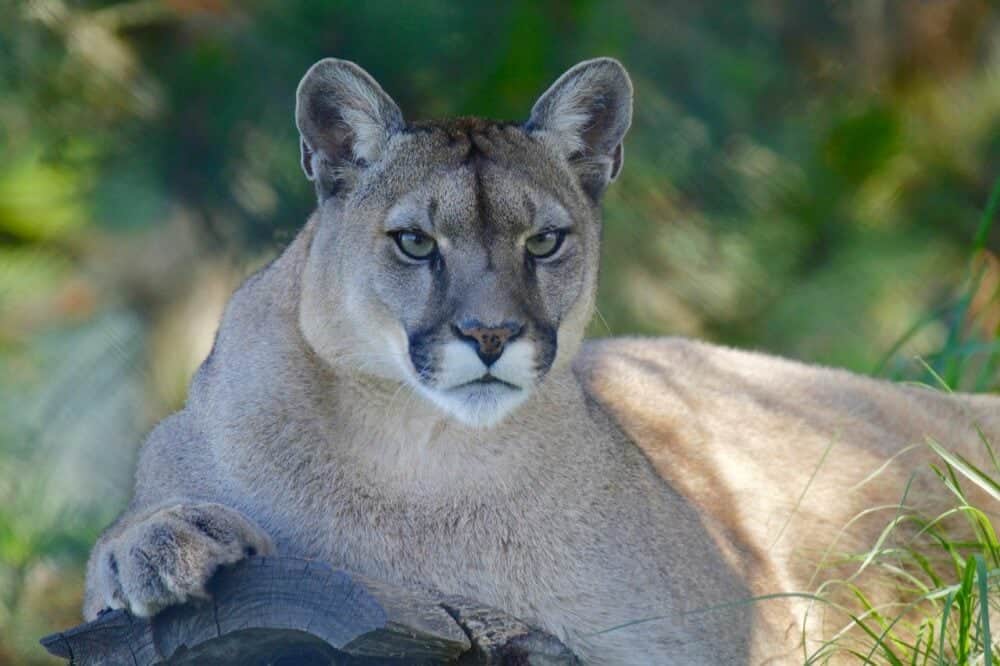

Conclusion
Bobcats and mountain lions are two types of wild cats that you might see in Nevada. Bobcats are smaller, with short tails and brown fur with black spots and stripes. Mountain lions are larger, with long tails and tan fur with black spots and stripes. Both animals can be dangerous if they feel threatened, so it’s important to give them space if you see them in the wild. You can help these animals by donating to organizations that focus on habitat conservation.
Featured Image Credit: MargSkogland, Pixabay
